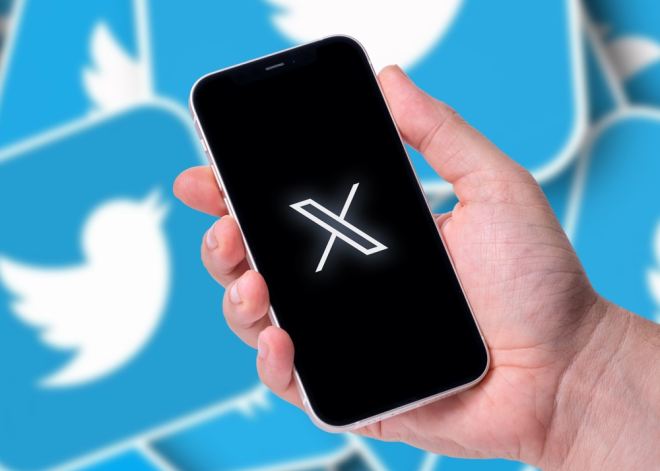As of July 25, if you visit "x.com," you'll be redirected to twitter.com. The website no longer prominently displays the Twitter logo; instead, the recognizable light blue theme remains, with the new "X" logo featured at the top of the screen. While the platform's official account has been changed to reflect the new name and logo, users' handles remain unaffected, keeping the "@Twitter”.
How Will "X" Differ From Twitter?
The rebranded platform promises an array of new features, including live audio conversations, longer text messages, video broadcasting, podcast listening, shopping capabilities, and the potential for paid subscriptions with exclusive content. The vision is to create a comprehensive online marketplace where users can engage in a variety of activities and exchange ideas, goods, services, and opportunities. However, at this stage, the rebranding is primarily a name change, and no major new features have been introduced yet.
The Letter X
The letter "X" holds special significance for Elon Musk, evident in various aspects of his ventures, from the original name of his first startup, X.com (later becoming PayPal), to SpaceX, xAI (an artificial intelligence app), Model X (a Tesla car model), and even his son's name, X Æ A-XII.
Musk had long said he might make a name change, but he hastened the process in a tweet late Sunday when he declared that “soon we shall bid adieu to the twitter brand and, gradually, all the birds”. So, what does that mean for “tweets”? Will this new X platform keep the original 280 character per post concept? Will people still be able to “tweet” and remain the verb it has become?
Twitter’s Downfall in the Past Year
Since Musk's takeover in October 2022 and Linda Yaccarino's appointment as CEO in May 2023, significant changes have taken place over the past year. One notable change was a major reduction in workforce, with around 50% of Twitter employees being laid off due to their reluctance to embrace Musk's proposed "hardcore" work culture. During this period, Twitter also experienced a concerning 50% decline in ad revenue, facing tough competition from emerging alternatives like Meta's "Threads," which posed a threat to Twitter's market share.
Roadblocks and Challenges
The rebranding of Twitter into "X" comes with ambitious goals, but it also presents potential roadblocks. The platform may struggle to attract enough advertisers, and attempting to offer too many services at once could lead to user confusion. Additionally, the rebranding could alienate loyal users and erode brand equity. Critics, including marketing experts, view this transformation as an unnecessary gamble on an uncertain future. Nevertheless, Musk has already made significant changes, such as reducing the workforce and removing content moderation rules, to pave the way for the new direction.
To achieve its vision of becoming an "everything app," "X" will require substantial investments in staff and infrastructure. However, this could pose a challenge given the previous staff reductions and ongoing legal issues. Already, "X" logos have started appearing in Twitter's San Francisco headquarters, and signs of transformation are underway.
The success of "X" will depend on how well it can address these challenges and adapt to the rapidly evolving social media landscape. With the recent leadership changes, workforce layoffs, new competition, and loss of ad revenue, Twitter had to take action, but the question remains whether the extravagant overhaul, rendering Twitter virtually unrecognizable, was the best decision. As the new changes begin to roll out, only time will reveal the outcome.
 images/bannerimages/Blog-Banner.jpg
images/bannerimages/Blog-Banner.jpg 



